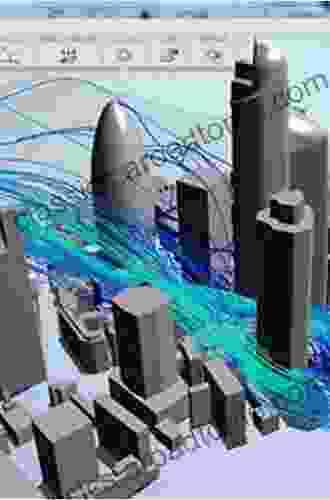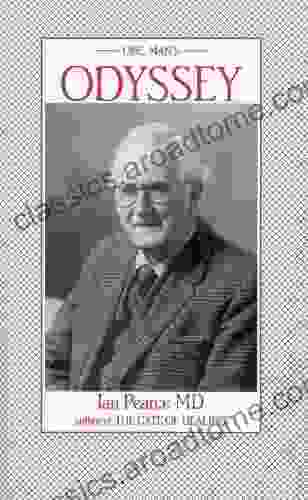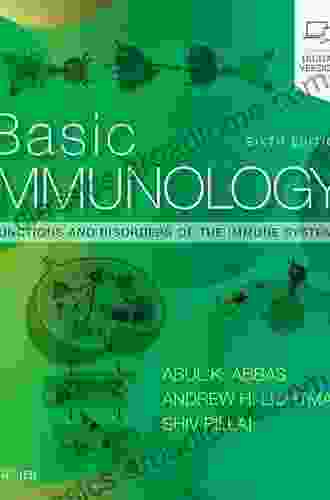Unveiling the Power of Computational Modeling: A Comprehensive Guide to Modeling and Applications

In the ever-evolving landscape of science and engineering, computational modeling has emerged as a transformative tool, enabling researchers and practitioners to tackle complex problems and gain unparalleled insights. This comprehensive article delves into the intriguing world of modeling, unveiling its principles, applications, and the vast potential it holds for advancements across diverse disciplines.
Computational modeling encompasses the creation and use of mathematical models, typically represented as computer programs, to simulate and analyze real-world systems. It involves translating physical phenomena into mathematical equations and solving them numerically. Through this process, researchers can investigate scenarios, test hypotheses, and make predictions without the need for costly experimentation or time-consuming physical testing.
At the heart of computational modeling lies a set of foundational concepts that guide its application:
5 out of 5
| Language | : | English |
| File size | : | 13197 KB |
| Print length | : | 316 pages |
- Model: A representation of a real-world system or process, translated into mathematical equations.
- Simulation: The process of running the model with specific inputs to generate outputs that mimic the behavior of the real system.
- Validation: The process of ensuring that the model accurately reflects the real system's behavior.
- Calibration: The process of adjusting model parameters to improve its accuracy and reliability.
The versatility of computational modeling makes it an indispensable tool across a wide spectrum of scientific and engineering fields:
- Physical Sciences: Modeling complex physical phenomena such as fluid dynamics, heat transfer, and atomic interactions.
- Engineering: Designing and optimizing systems, from aircraft to power plants, using simulations to analyze performance and identify potential issues.
- Life Sciences: Simulating biological processes, such as protein folding and genetic regulation, to gain insights into disease mechanisms and develop therapies.
- Social Sciences: Modeling human behavior and complex social systems, such as traffic patterns and economic interactions, to understand and predict societal dynamics.
Interpreting the results of a computational model requires careful consideration and critical thinking. Researchers must:
- Understand Sensitivity: Assess the model's robustness and how changes in inputs affect outputs.
- Identify Limitations: Recognize the model's boundaries and the assumptions made in its development.
- Draw Inferences: Extract meaningful insights from the simulation results, while being mindful of potential biases and uncertainties.
The book "Modeling and Applications: Modeling and Simulation in Science, Engineering and Technology" serves as an invaluable resource for professionals and students seeking to delve deeper into the world of computational modeling. It provides a comprehensive overview of modeling techniques, case studies, and best practices, covering:
- Mathematical Foundations: A solid grounding in the mathematical principles underlying computational modeling.
- Model Development Techniques: A practical guide to creating and validating accurate models.
- Simulation Methods: An exploration of various simulation approaches and their respective strengths.
- Case Studies and Applications: Real-world examples demonstrating the power of modeling in different fields.
- Challenges and Future Directions: An insightful look at the current limitations of modeling and emerging research directions.
Computational modeling is an indispensable tool that has revolutionized the way we approach scientific and engineering challenges. By creating virtual representations of reality, researchers can explore complex systems, test hypotheses, and make predictions with unparalleled accuracy and efficiency. The comprehensive guidebook "Modeling and Applications: Modeling and Simulation in Science, Engineering and Technology" offers an invaluable resource for professionals and students seeking to master the art of modeling and harness its vast potential.
5 out of 5
| Language | : | English |
| File size | : | 13197 KB |
| Print length | : | 316 pages |
Do you want to contribute by writing guest posts on this blog?
Please contact us and send us a resume of previous articles that you have written.
 Book
Book Novel
Novel Page
Page Chapter
Chapter Text
Text Story
Story Genre
Genre Reader
Reader Library
Library Paperback
Paperback E-book
E-book Magazine
Magazine Newspaper
Newspaper Paragraph
Paragraph Sentence
Sentence Bookmark
Bookmark Shelf
Shelf Glossary
Glossary Bibliography
Bibliography Foreword
Foreword Preface
Preface Synopsis
Synopsis Annotation
Annotation Footnote
Footnote Manuscript
Manuscript Scroll
Scroll Codex
Codex Tome
Tome Bestseller
Bestseller Classics
Classics Library card
Library card Narrative
Narrative Biography
Biography Autobiography
Autobiography Memoir
Memoir Reference
Reference Encyclopedia
Encyclopedia Amy Mindell
Amy Mindell Moses Avalon
Moses Avalon Peter Stekel
Peter Stekel Nancy Loeffler
Nancy Loeffler Maryanne V Scott
Maryanne V Scott Anita Graser
Anita Graser Jay Schulkin
Jay Schulkin Anita Ganeri
Anita Ganeri Solstice
Solstice Andrew Smith
Andrew Smith Mark Anthony
Mark Anthony Andrea Hiott
Andrea Hiott Angela Hunt
Angela Hunt Amma Lee
Amma Lee Belle Brown
Belle Brown Berit Brogaard
Berit Brogaard Amit Dhir
Amit Dhir Andy Laurie
Andy Laurie Kathleen Weidner Zoehfeld
Kathleen Weidner Zoehfeld Peter Holmquist
Peter Holmquist
Light bulbAdvertise smarter! Our strategic ad space ensures maximum exposure. Reserve your spot today!

 Brady MitchellThe Death Ride of the Scharnhorst: Immerse Yourself in the Epic 1943 Campaign...
Brady MitchellThe Death Ride of the Scharnhorst: Immerse Yourself in the Epic 1943 Campaign...
 Marc FosterWho's Who in Espionage: Meet the Masterminds Behind History's Most Thrilling...
Marc FosterWho's Who in Espionage: Meet the Masterminds Behind History's Most Thrilling...
 Jace MitchellUnveiling the Profound Legacy of Amy Krouse Rosenthal: A Literary Gem for...
Jace MitchellUnveiling the Profound Legacy of Amy Krouse Rosenthal: A Literary Gem for... Anton FosterFollow ·7.5k
Anton FosterFollow ·7.5k Hassan CoxFollow ·15.7k
Hassan CoxFollow ·15.7k Allen GinsbergFollow ·4.1k
Allen GinsbergFollow ·4.1k Vernon BlairFollow ·16.1k
Vernon BlairFollow ·16.1k Marcel ProustFollow ·16.7k
Marcel ProustFollow ·16.7k Gustavo CoxFollow ·9.8k
Gustavo CoxFollow ·9.8k Corey HayesFollow ·4.9k
Corey HayesFollow ·4.9k Miguel de CervantesFollow ·11.8k
Miguel de CervantesFollow ·11.8k

 Braden Ward
Braden WardThe True Story of Murder and Betrayal
In a small town where...
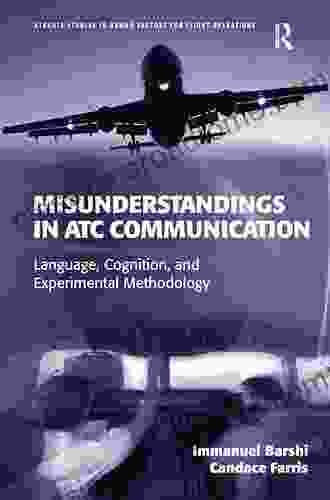
 W. Somerset Maugham
W. Somerset MaughamUnraveling the Complexities of Human Language: A...
Language is a fundamental aspect of human...

 Ibrahim Blair
Ibrahim BlairTrue Crime Tales That Will Keep You on the Edge of Your...
Prepare to be...
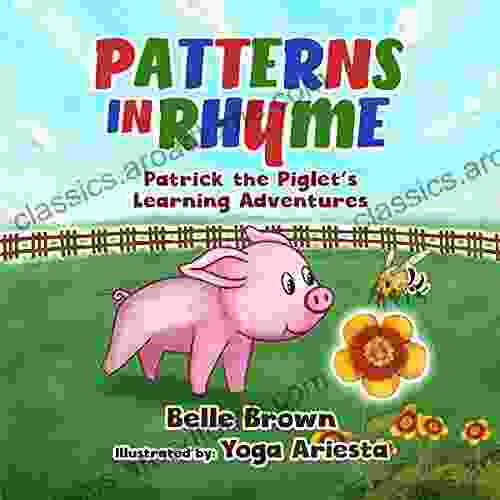
 Rick Nelson
Rick NelsonPatterns In Rhyme: A Journey of Discovery with Patrick...
Welcome to the...

 Edgar Hayes
Edgar HayesWithout Pity: Unmasking the Evil Within
In the realm of true...

 Cooper Bell
Cooper BellFannie Lou Hamer's Indelible Legacy: Unraveling the...
The Black Freedom Movement, a pivotal...
5 out of 5
| Language | : | English |
| File size | : | 13197 KB |
| Print length | : | 316 pages |


